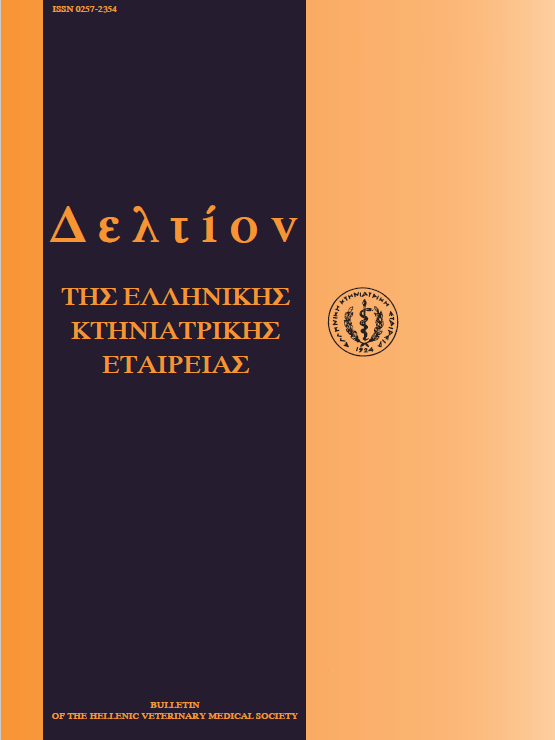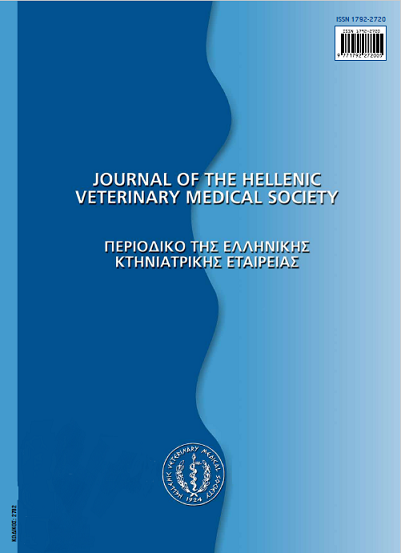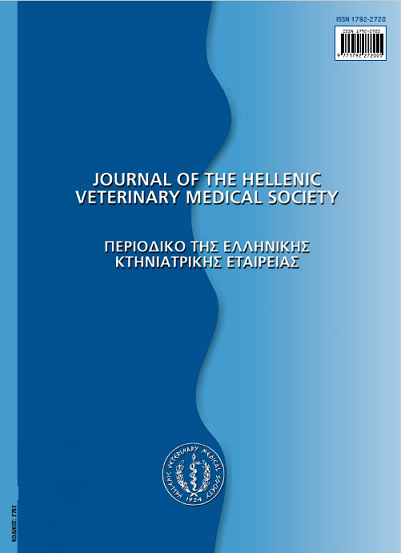The prevalence of canine dirofilariosis in the region of Attiki

Abstract
Blood samples of 900 dogs living in the area of Attiki (Greece) were examined. The dogs were over one year old, of different breeds, both sexes and didn't receive heartworm chemoprophylaxis or chemotherapy. All samples were examined by the modified Knott's method for the detection of microfilariae, while a serological examination (ELISA kit PetChek®, IDEXX) for the detection of parasitic antigen was performed to 552 of them. Six out of 900 (0.7%) of the samples were found positive for Dirofìlaria immitis: in 2 of them both microfilariae and parasitic antigen were detected, in 3 only parasitic antigen and in 1 sample only microfilariae were detected. The animals, in which microfilariae D. immitis were detected, were hunting dogs, often taken for hunting out of Attiki region. Moreover, in 4 of the 900 samples (0,4%) microfilariae Dirofìlaria repens were found. According to these results, the prevalence of D. immitis infection of the dog in Attiki is low. Preventive measures such as chemoprophylaxis against dirofilariosis must be taken in order to keep the infection at low level in Attiki.
Article Details
- How to Cite
-
DIAKOU (Α. ΔΙΑΚΟΥ) A. (2018). The prevalence of canine dirofilariosis in the region of Attiki. Journal of the Hellenic Veterinary Medical Society, 52(2), 152–156. https://doi.org/10.12681/jhvms.15420
- Issue
- Vol. 52 No. 2 (2001)
- Section
- Research Articles

This work is licensed under a Creative Commons Attribution-NonCommercial 4.0 International License.
Authors who publish with this journal agree to the following terms:
· Authors retain copyright and grant the journal right of first publication with the work simultaneously licensed under a Creative Commons Attribution Non-Commercial License that allows others to share the work with an acknowledgement of the work's authorship and initial publication in this journal.
· Authors are able to enter into separate, additional contractual arrangements for the non-exclusive distribution of the journal's published version of the work (e.g. post it to an institutional repository or publish it in a book), with an acknowledgement of its initial publication in this journal.
· Authors are permitted and encouraged to post their work online (preferably in institutional repositories or on their website) prior to and during the submission process, as it can lead to productive exchanges, as well as earlier and greater citation of published work.





